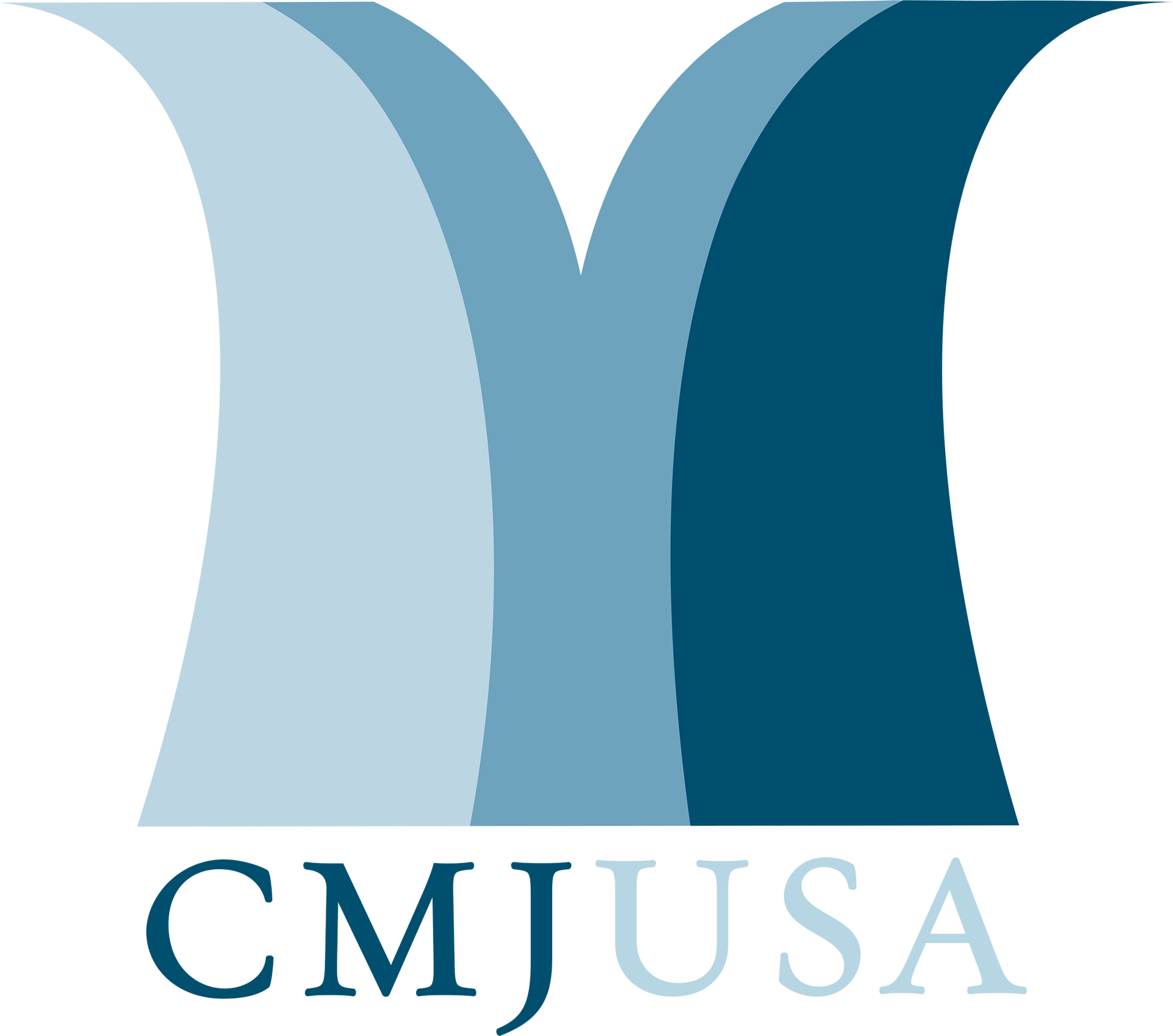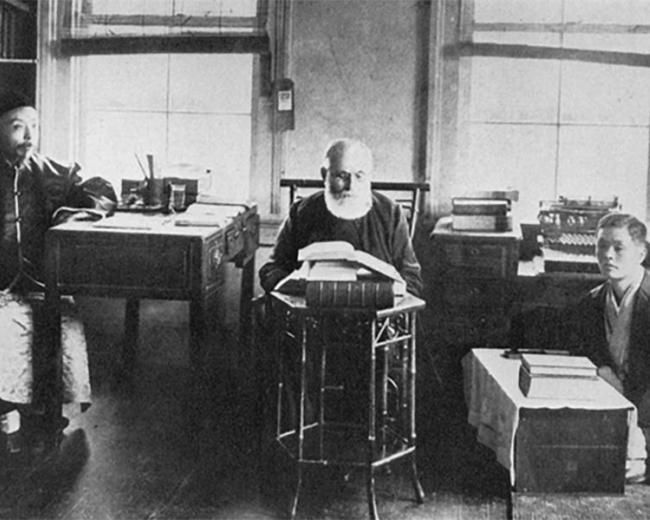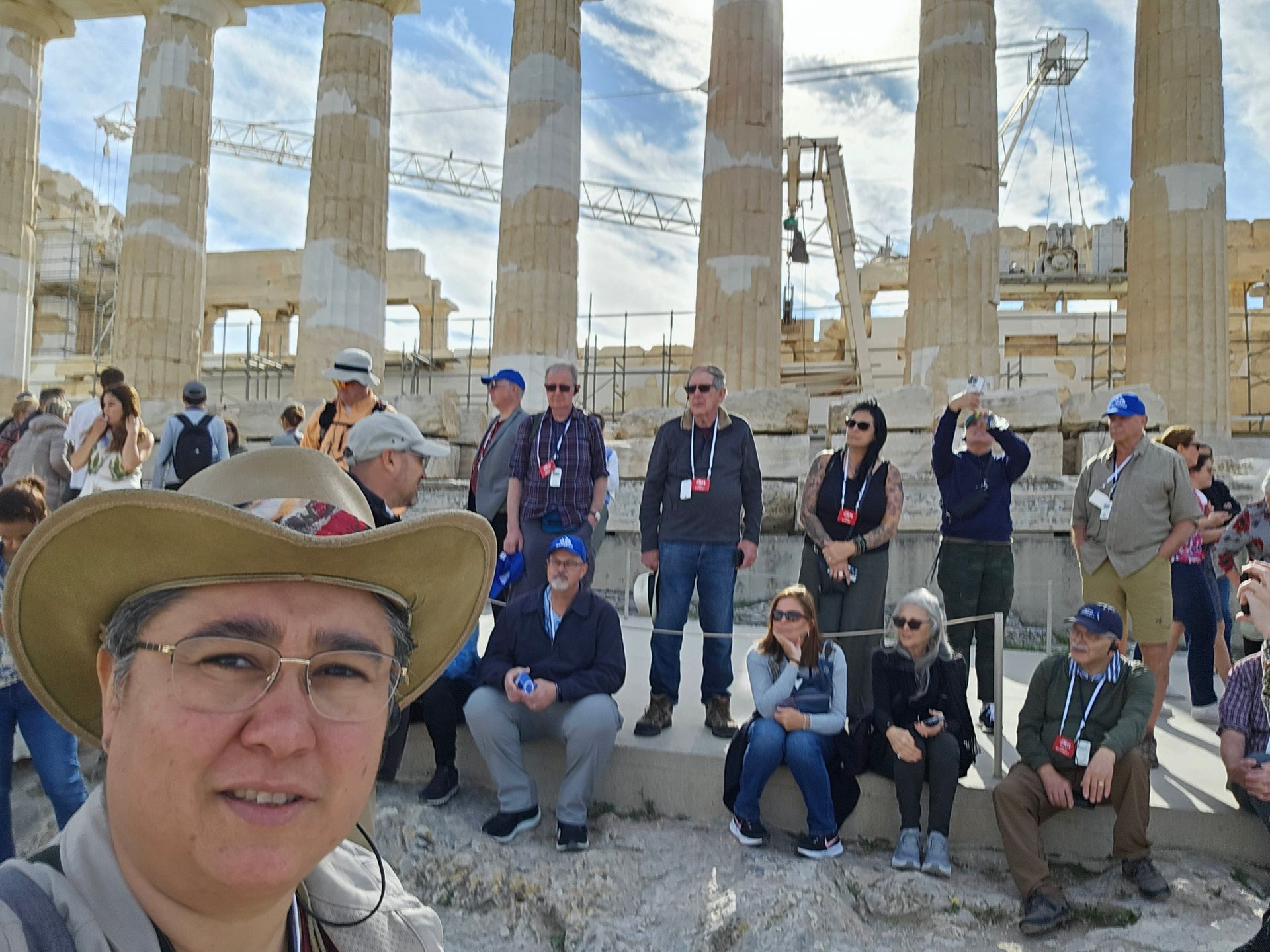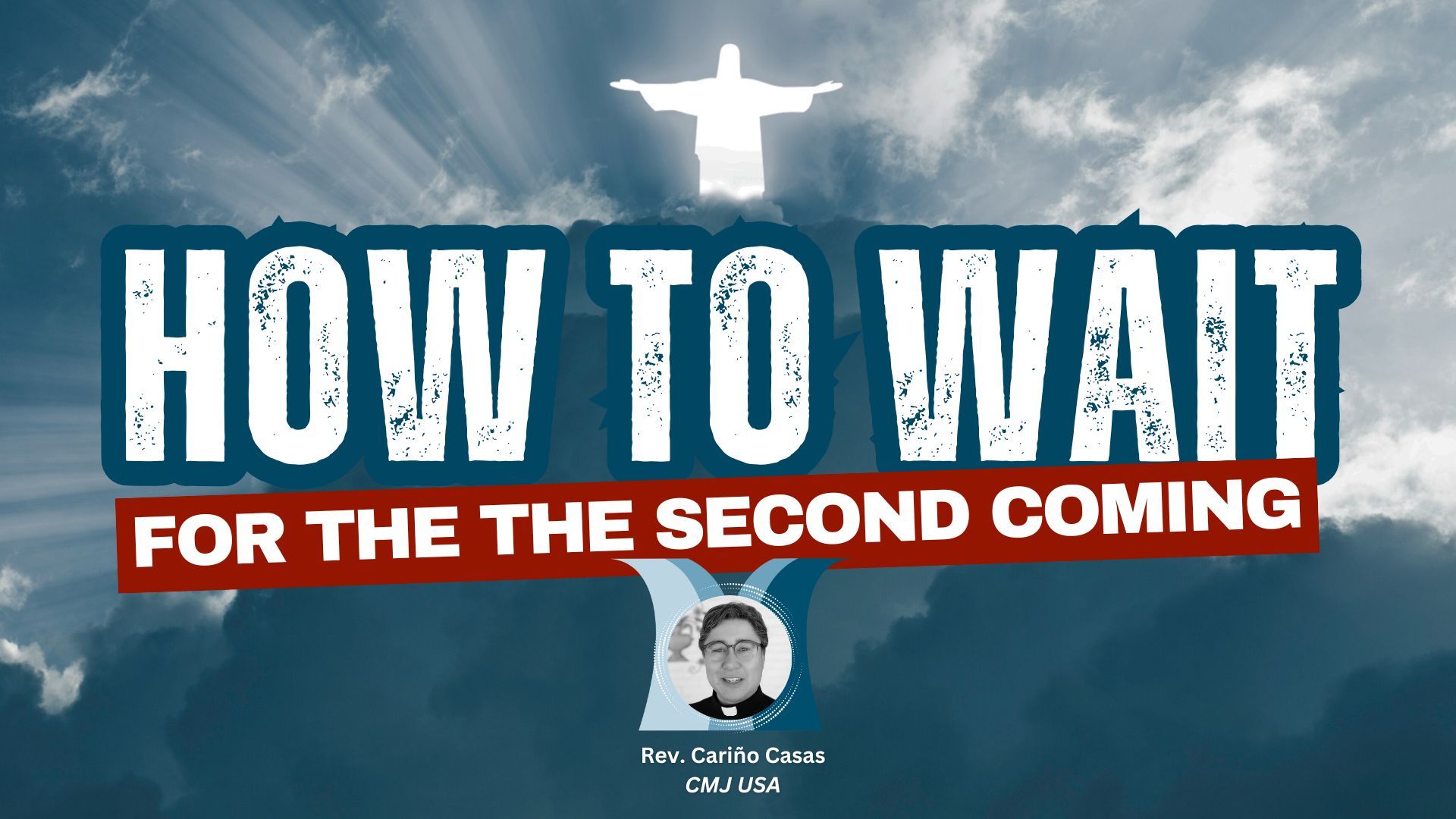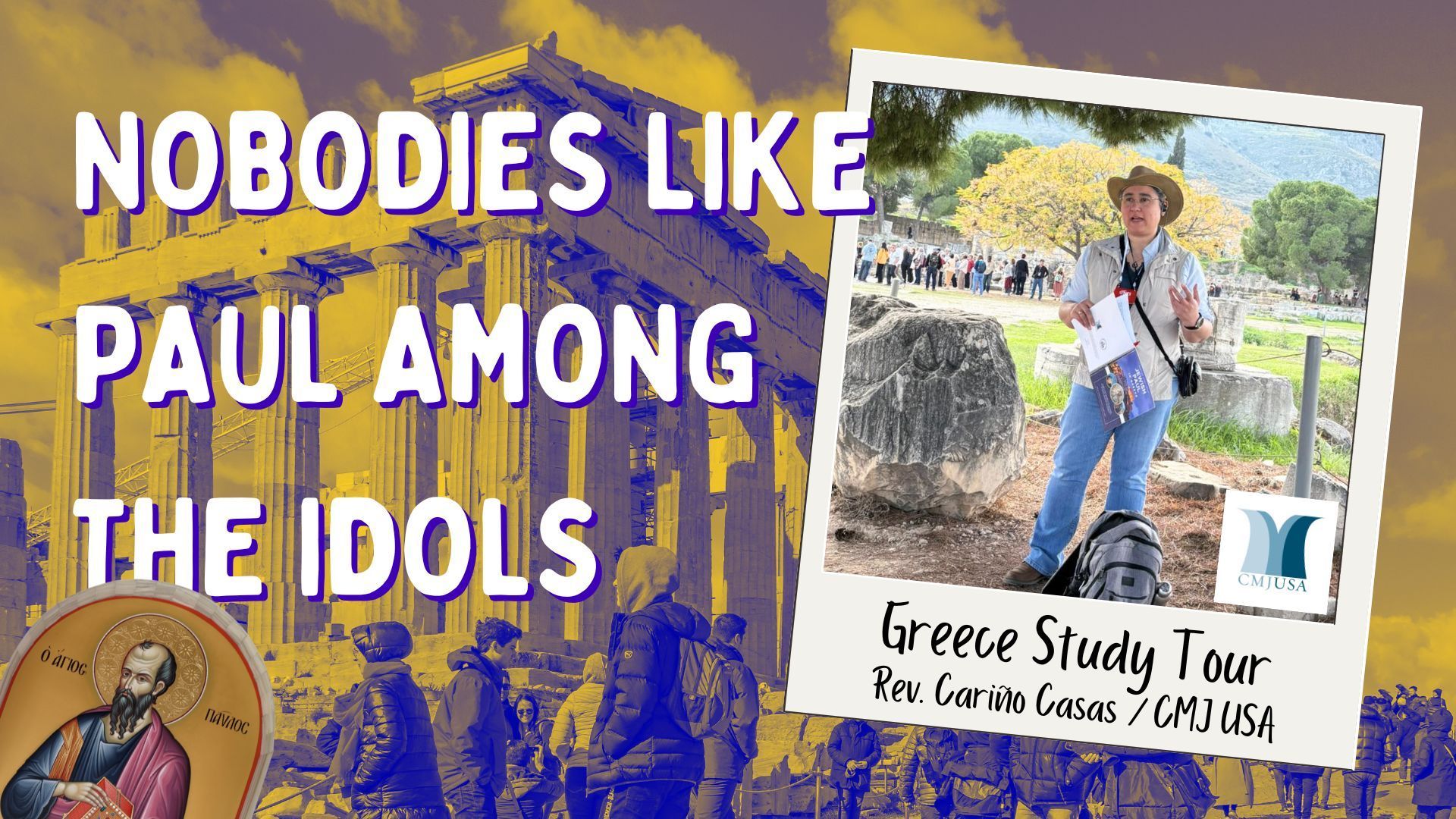The Jewish Bishop and the Chinese Bible
:
S.I.J.
Schereschewsky
(1831-1906)
Studies in Christian Mission,
Vol 22.
General Editor, Marc R. Spindler.
b
y
Irene Eber. (Brill: Leiden), 1999.
Reviewed by Theresa Newell
How
Joseph
Schereschewsky
,
a
Lithuanian Jewish
boy
,
came to be an Episcopal bishop of
Shanghai
in the 19
th
century
and the greatest Orientalist of
his day
,
and perhaps
of
all times
,
is well documented in this volume by Irene Eber.
Eber is herself an Israeli Orientalist and Louis Frieberg Professor of East Asian Studies at Jerusalem’s Hebrew University
,
E
meritus
.
The Jewish Bishop and the Chinese Bible
:
S.I.J.
Schereschewsky
(1831-1906)
Studies in Christian Mission,
Vol 22.
General Editor, Marc R. Spindler.
b
y
Irene Eber. (Brill: Leiden), 1999.
Reviewed by Theresa Newell
How Joseph Schereschewsky , a Lithuanian Jewish boy , came to be an Episcopal bishop of Shanghai in the 19 th century and the greatest Orientalist of his day , and perhaps of all times , is well documented in this volume by Irene Eber. Eber is herself an Israeli Orientalist and Louis Frieberg Professor of East Asian Studies at Jerusalem’s Hebrew University , E meritus .

